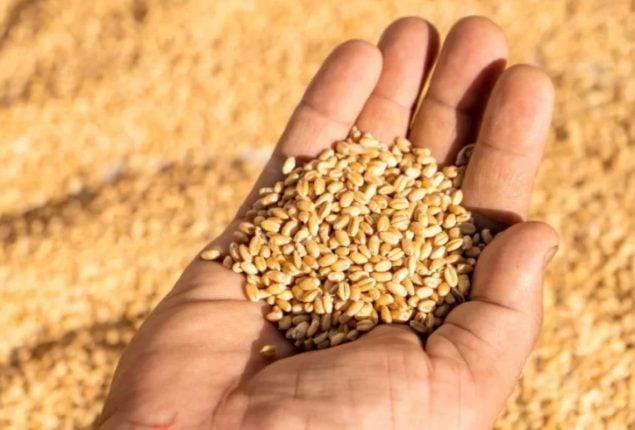Wheat Price in Pakistan: Current Trends and Challenges

Wheat is one of the most essential crops in Pakistan, forming a significant part of the daily diet for the majority of the population. The wheat price in pakistan is a critical issue, as it affects both the agriculture sector and the food security of millions. Over the past few years, fluctuations in wheat prices have caused widespread concern, with multiple factors contributing to these variations.
Current Wheat Price Trends in Pakistan
As of 2024, wheat prices in Pakistan have seen a significant rise due to a combination of internal and external factors. The average price of wheat in local markets has been hovering around PKR 3,000 to PKR 3,200 per 40 kilograms. This increase has affected the price of wheat flour, which is a staple food item for most households. In urban areas, a surge in the price of flour has led to public outcry, as it affects the lower and middle-income groups the most.
This price rise is not only limited to Pakistan; global trends also show an increase in wheat prices due to various global supply chain issues. However, for Pakistan, domestic challenges play a significant role in exacerbating the situation.
Factors Contributing to Wheat Price Hikes
Low Wheat Production: One of the primary reasons for the increase in wheat prices is the reduction in domestic wheat production. Factors such as poor weather conditions, inadequate water availability, and outdated farming techniques have led to lower-than-expected yields. In recent years, Pakistan has failed to meet its wheat production targets, leading to an increased reliance on imports, which further drives up prices.
Inflation: General inflation in Pakistan has played a significant role in increasing the prices of essential commodities, including wheat. The country has been facing high inflation rates, with the cost of fertilizers, fuel, and other inputs for wheat cultivation rising significantly. This has directly affected the cost of wheat production, which in turn has led to higher prices in the market.
Global Supply Chain Issues: The global wheat supply chain has been disrupted due to several factors, including the war in Ukraine, which is one of the world’s largest wheat producers. The conflict has caused a decrease in wheat exports, pushing up global wheat prices. Since Pakistan imports wheat to cover domestic shortages, the rise in international prices has a direct impact on local markets.
Government Policies: Government intervention in wheat pricing and distribution has also contributed to the current price situation. The procurement price set by the government often does not reflect market realities, which creates a disconnect between farmers, traders, and consumers. Additionally, delays in wheat procurement and distribution by government agencies lead to artificial shortages, further driving up prices.
Hoarding and Smuggling: Hoarding and smuggling of wheat have also been identified as significant contributors to price hikes. Some unscrupulous elements hoard wheat stocks, creating artificial shortages to drive up prices. Furthermore, smuggling to neighboring countries, where wheat fetches a higher price, exacerbates the local supply situation.
Impact on Consumers and Farmers
The rising price of wheat has a two-fold impact on Pakistani society. On one hand, consumers, especially those from lower-income groups, are finding it increasingly difficult to afford basic food items such as wheat flour. On the other hand, farmers are also struggling due to the increased cost of inputs, such as seeds, fertilizers, and fuel.
While farmers should theoretically benefit from higher wheat prices, the increased cost of production has eroded their profit margins. Additionally, the lack of government support and outdated agricultural practices mean that many farmers are unable to maximize their yields, further straining the agriculture sector.
Conclusion
The situation of wheat price in Pakistan is a complex issue influenced by both domestic and international factors. Addressing this challenge requires a multi-pronged approach, including improved agricultural practices, better government policies, and effective control of inflation. Only through coordinated efforts can Pakistan ensure affordable wheat prices and long-term food security for its population.









Comments